Taxiphone: Amazing Branding by League
While browsing through one of my many folders of favorite design images, collected mostly from image bookmarking sites like FFFFOUND!, Wikipedia, Flickr, etc., I came back across this incredible brand work for Geneva-based Taxi-Phone. It was created by League, an independent design shop based in Geneva, founded by a group of Swiss design school pals, dedicated to exploring “contemporariness,” and designing to capture the here and now of our time.
The one thing I find most exciting about branding is the underlying necessity for any brand, logo, or trademark to be applicable to a wide range of mediums–digital, print, wearable, and beyond. It becomes that much more rewarding when you create a logo, and then guidelines, and then you apply them to each individual project. The best brands are the ones that can be found everywhere, without making the viewer feel like the brand is being forced into their face everywhere they go. That is, brands that fit their medium naturally, and to a much higher extent than so many others, Taxi-Phone’s brand fits the medium.
A closer look at the logo and logotype shows surprisingly well-placed lettering, with angles that flow naturally together, tying lettering and logo together using Gestalt-esque sensibility. The final result, when applied to Taxi-Phone’s various business mediums, appears to be your classic Swiss aesthetic, with the sort of European industrial/commercial hybrid feel that makes bold yet re-assuring statements about the company it represents. And this was applied to each medium with an equal measure of both technical/detail-oriented and holistic/natural.
Of course, this project is not immune to criticism, but I’d imagine most of it would be way too subjective (eg. personal opinions on the ubiquity of Helvetica/Akzidenz Grotesque) to be valid. In today’s business world, which is over-saturated by gimmicky in-your-face branding, designers are often stuck between a rock, a hard place, and client-imposed constraints. League had constraints to deal with on this project, yet they adhered to what they were taught, and never compromised their own aesthetic interests. The result is one that both parties should be proud of, and more importantly, one that proves that a happy medium can be found when it comes to these two sides of the branding coin.
Posted in Branding & Packaging and Design Posted by Alex on Feb 12 2010 12:00 pm
One Response to “Taxiphone: Amazing Branding by League”
Trackback URL










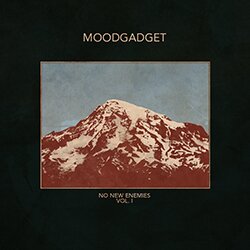
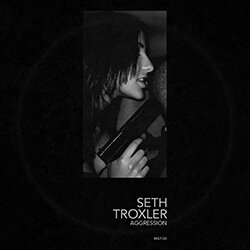

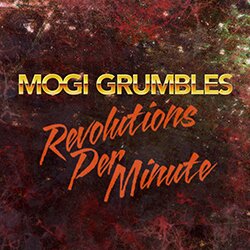



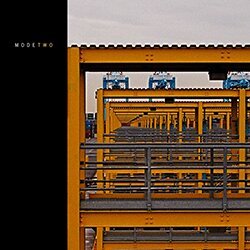






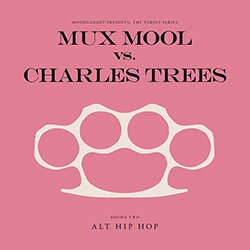
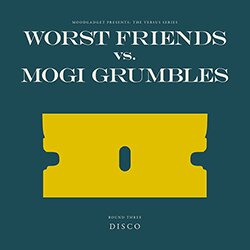
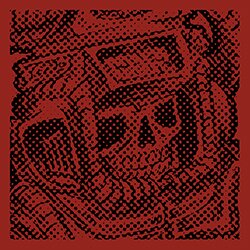

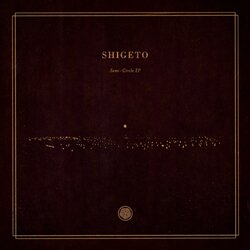
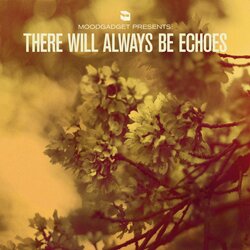

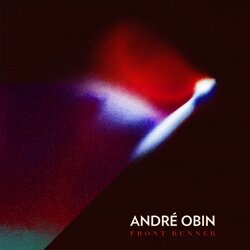
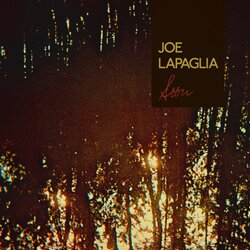
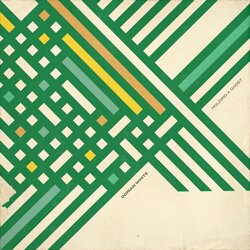
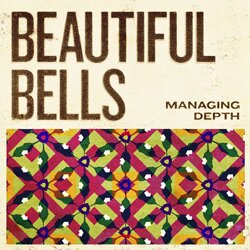


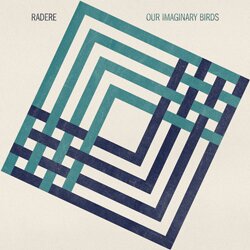

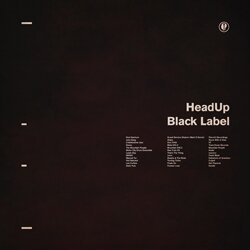

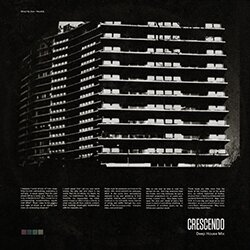
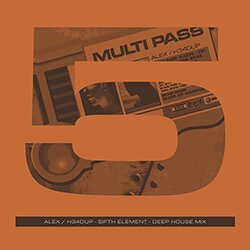


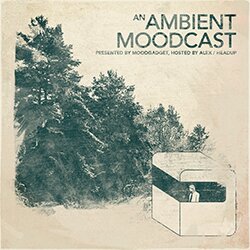
on 16 Feb 2010 at 8:36 pm # Shelby
It’s a serious shame that we don’t have taxi’s like this in the states. Here in Seattle we just have ugly puke green/pee yellow colored cabs driven by angry people that hate their jobs.
I’m a huge sucker for beautifully designed brand guidelines. I want to eventually start a collection of them over the next year.